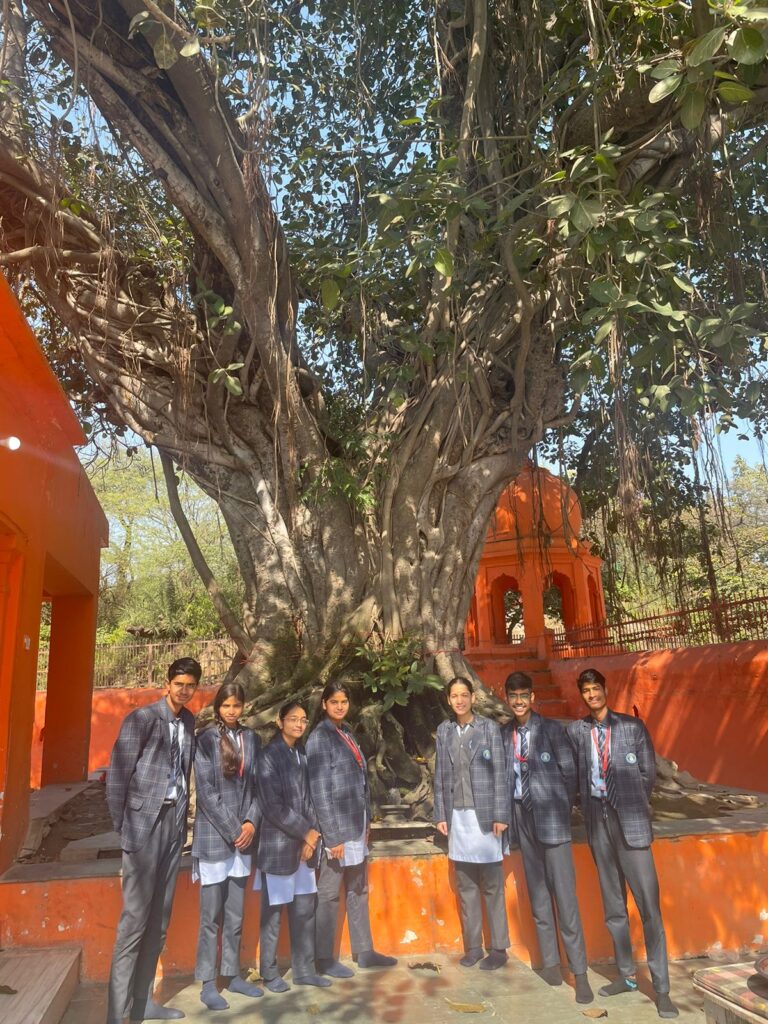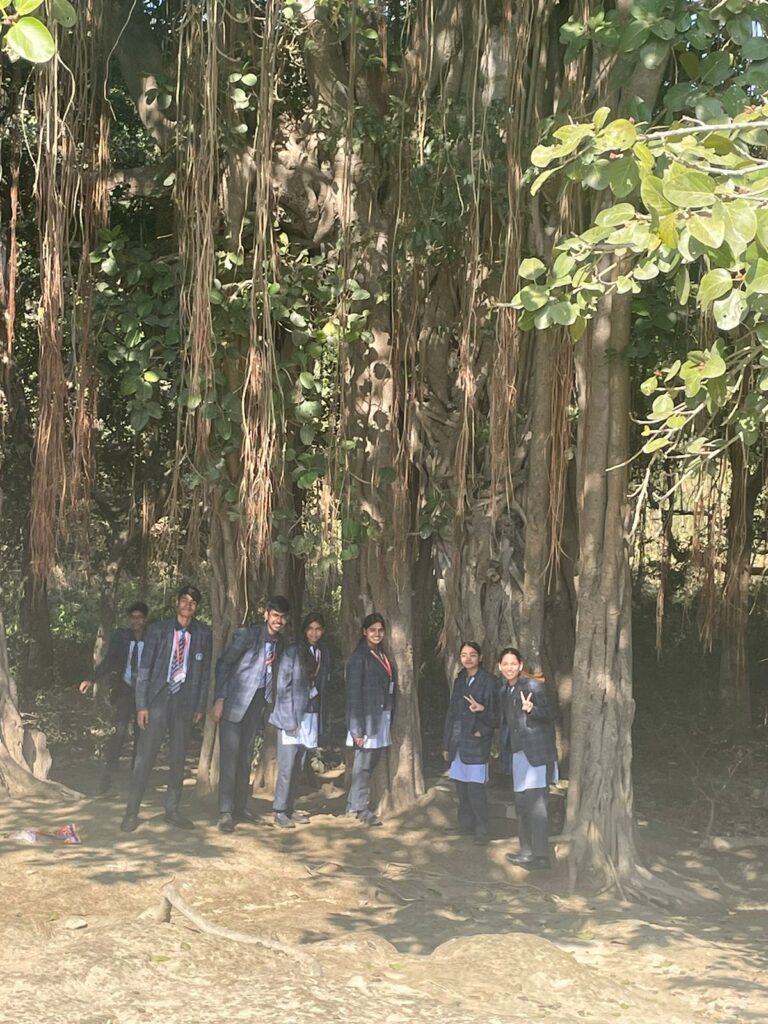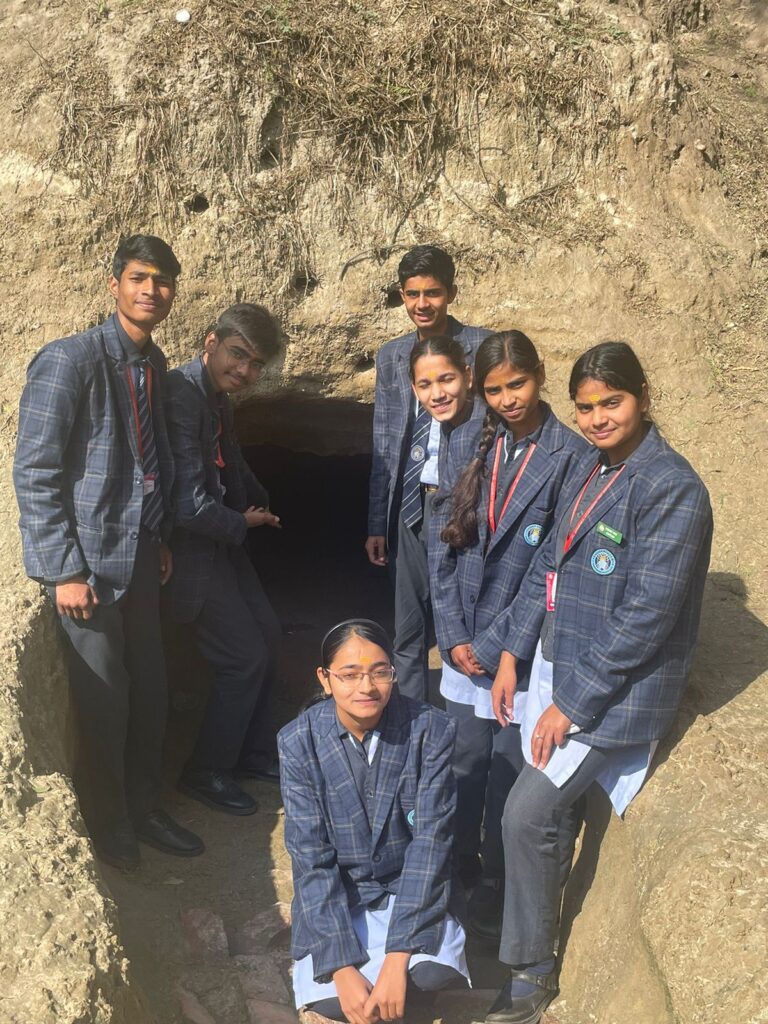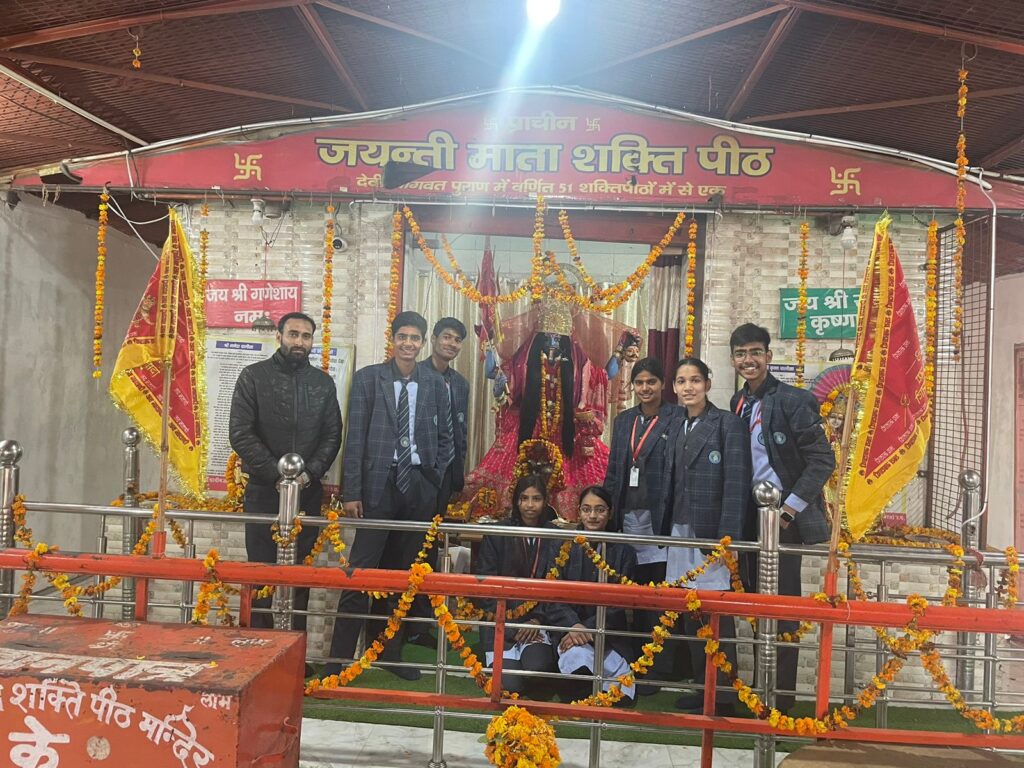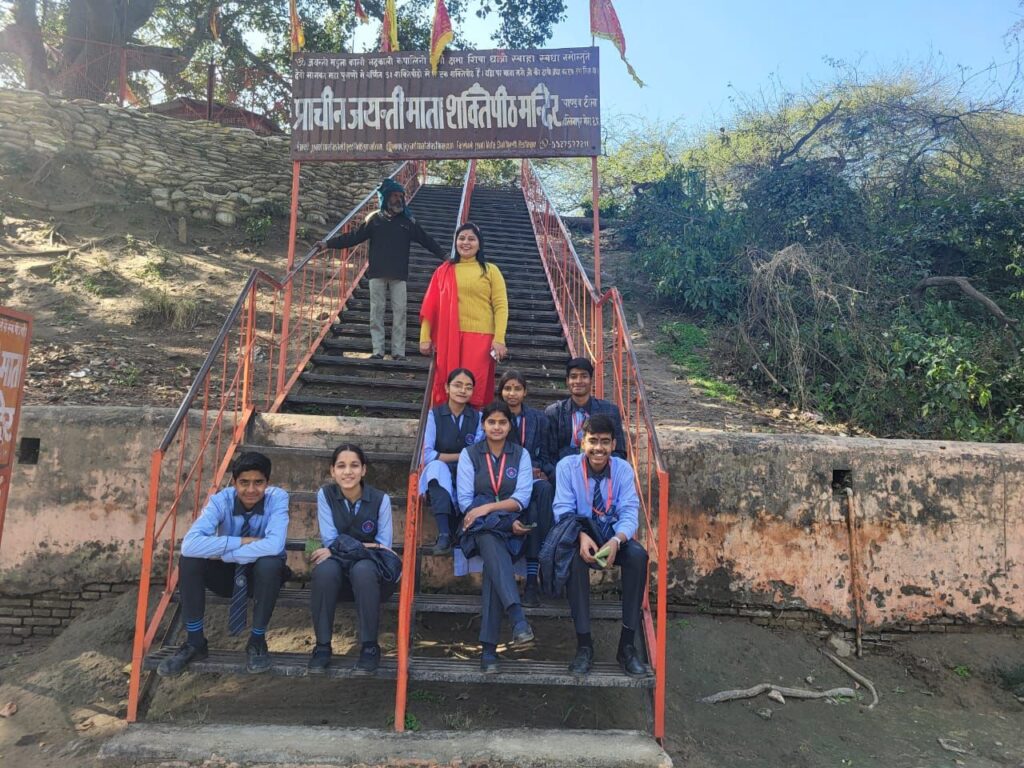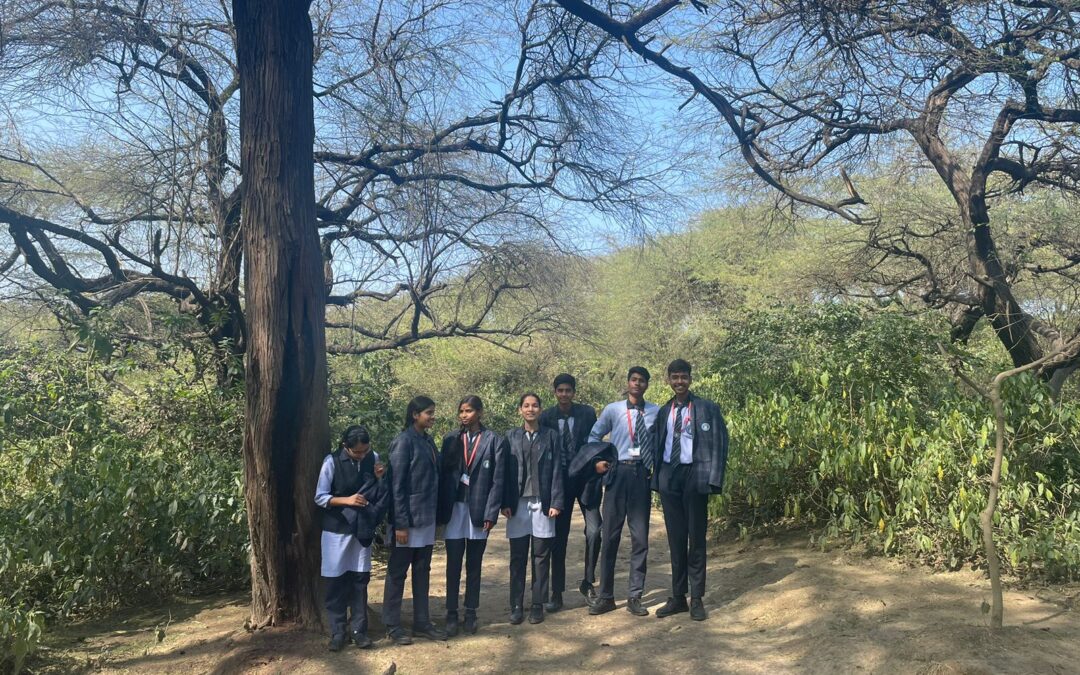Students from Ashoka Academy embarked on an educational field trip to Hastinapur, aimed at studying various geographical aspects of the region. Led by our teachers, we conducted observations and collected data to understand the structure, climate, vegetation, drainage, soil, minerals, industries, and population of Hastinapur.
Observations:
- Structure and Physiography:
- Hastinapur exhibits a predominantly flat terrain with occasional undulations, typical of the Indo-Gangetic plain.
- Climate:
- The climate in Hastinapur is subtropical, characterized by hot summers and cool winters. The region’s proximity to the Himalayas influences its weather patterns.
- Vegetation:
- Vegetation in Hastinapur comprises deciduous forests along with agricultural lands, indicating the region’s reliance on farming.
- Drainage:
- The presence of the Ganga and its tributaries defines the drainage pattern of Hastinapur, facilitating irrigation and water management.
- Soil:
- The soil in Hastinapur is predominantly fertile alluvial soil, suitable for agricultural activities.
- Minerals:
- Our observations indicate a scarcity of minerals in the region.
- Industries:
- Industries in Hastinapur mainly revolve around agriculture-related activities such as sugar mills and food processing units.
- Population:
- The population of Hastinapur is primarily rural, engaged in agriculture, with a growing presence of small-scale industries and commercial activities.
Conclusion: Our field trip to Hastinapur provided us with valuable insights into the geographical characteristics of the region. It emphasized the importance of hands-on learning and field observations in understanding real-world phenomena. We believe that such experiences are integral to our educational journey and look forward to more opportunities for practical learning in the future.
